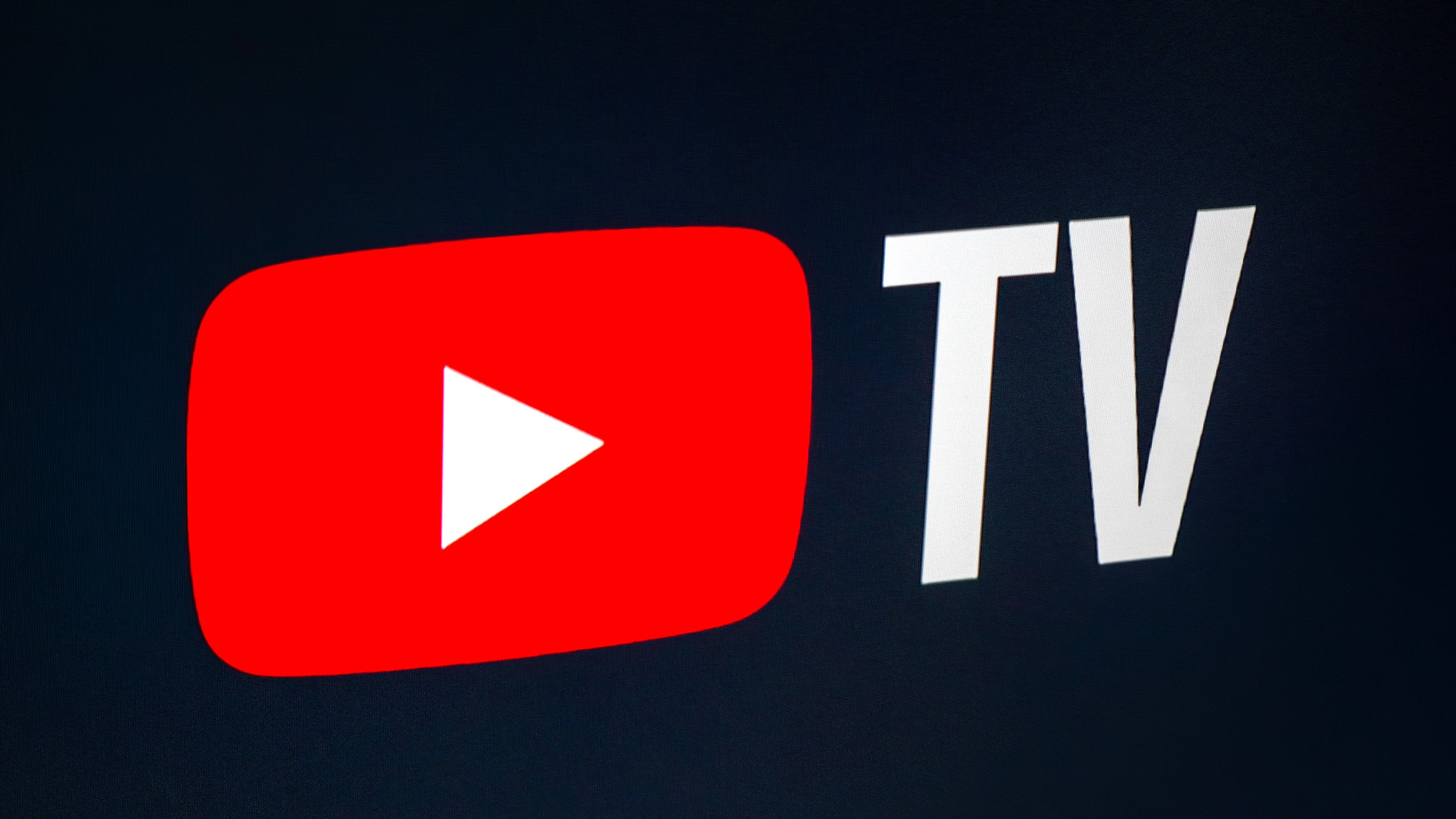Fitbit Versa 4 vs. Fitbit Versa 3: Which Versa is best?
Which Versa to go with.

The smartest watch
When it comes to smartwatches, the new Fitbit Versa 4 is at the top of its class. It has all the features you’d want for both fitness and staying connected, combined with a thin, lightweight, and comfortable design. But for some, the upgrades might not be worth rushing to the store to buy it to replace a Versa 3.
Pros
- Brings back the physical button
- Thinner and lighter body
- WearOS-inspired customizable tiles on screen
- Google Wallet coming soon
- Double the number of exercise modes
Cons
- More expensive
- Might not be worth the upgrade for some
- Need Fitbit Premium to realize all the benefits

Still worth keeping or getting
While some Fitbit users might find the upgrades in the Versa 4 compelling enough to invest, for others, the Fitbit Versa 3 might still be a perfectly suitable smartwatch to keep for another year or two before opting for something new. It’s also a more affordable option that is very similar in design and feature set, with a few exceptions.
Pros
- Packed with almost all the same features
- Lightweight, comfortable design
- Boasts the same decent battery life
Cons
- No physical button
- Older, outdated model
- Need Fitbit Premium to realize all the benefits
Fitbit is one of the top brands when it comes to smartwatches and trackers, with the advantage of working equally well with both Android and iOS devices. Fitbit has a strong track record in accuracy for everything, from steps, to heart rate and sleep.
Plus, the smartwatches offer compelling new features like Sleep Scores, Daily Readiness Scores, and a beautiful synergy with the app and Fitbit Premium (if you opt to subscribe). This makes Fitbit devices winners for both athletes and those simply looking to keep track of health and wellness.
The Fitbit Versa 3, the third iteration of the popular smartwatch, was introduced back in 2020, and now, two years later, the Fitbit Versa 4 is the latest edition. When looking at the Fitbit Versa 4 vs. Fitbit Versa 3, however, whether or not to upgrade or opt for the newer over the more affordable older model will come down to a number of factors. And we’re here to help you break those down.
Fitbit Versa 4 vs. Fitbit Versa 3: Do they look different?
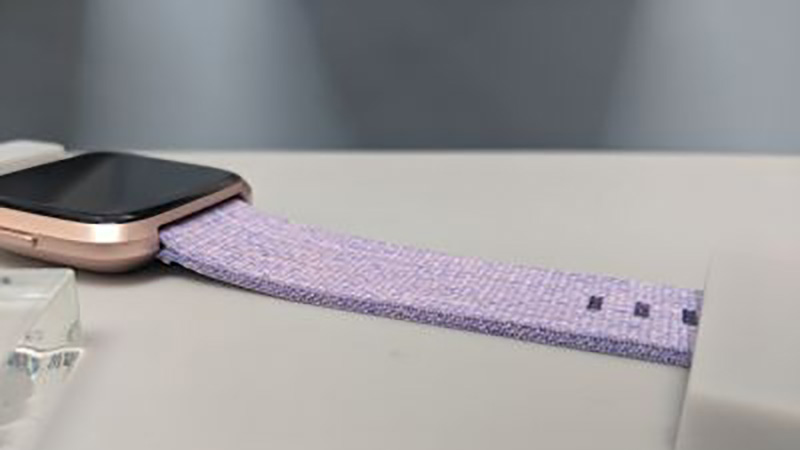
At first glance, you might notice that the Fitbit Versa 4 and Fitbit Versa 3 look virtually identical to one another. They both have the same square face with slightly rounded edges. They come in slightly different color combinations: the Fitbit Versa 4 comes in black/graphite aluminum, waterfall blue/platinum aluminum, pink sand/copper rose aluminum, and beet juice/copper rose aluminum. The Fitbit Versa 3 comes in midnight/soft gold aluminum, black/black aluminum, and pink clay/soft gold aluminum.
They are both swim-proof with a 5ATM rating, and feature nicely sized AMOLED touchscreens that display stats, heart rate zones when exercising, reminders to move, and even workouts right on your wrist. Both work with the Fitbit app so you can choose from dozens of different clock faces to further customize the look.
But with more of Google software embedded into the Versa 4 (Google bought Fitbit in 2021, after the Versa 3 launched), you’ll see a design that’s more influenced by Google’s own WearOS. This includes customizable tiles on the face for navigating menus.
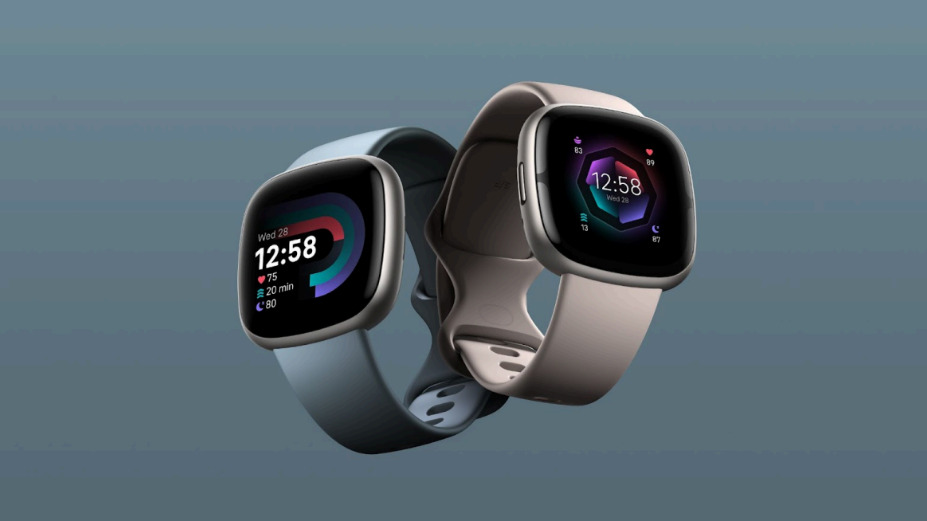
Another difference between these two smartwatches when it comes to looks is that the Fitbit Versa 4 brings back the side button that previously existed with the Fitbit Versa 2 and was removed for the Fitbit Versa 3.
Get the latest news from Android Central, your trusted companion in the world of Android
While not having it allows for a cleaner design, some users missed the option to have a physical button to press when desired. The button is also positioned differently, higher up so Fitbit says it’s easier to reach while you’re in the middle of working out, going for a run, or doing another physical activity.
They both work with the same interchangeable band system, so you can use Fitbit Versa 3 bands on the Fitbit Versa 4 and vice versa. That’s a nice incentive to upgrade since, if you invested in tons of swappable bands for a Versa 3, they won’t go to waste with the Versa 4.
Fitbit Versa 4 vs. Fitbit Versa 3: Let’s break down the specs
There are some other notable upgrades with the Fitbit Versa 4, but first, let’s see how they stack up against one another by specs alone.
| Header Cell - Column 0 | Fitbit Versa 4 | Fitbit Versa 3 |
|---|---|---|
| Compatibility | Android, iOS | Android, iOS |
| Colors | Black/Graphite Aluminum, Waterfall Blue/Platinum Aluminum, Pink Sand/Copper Rose Aluminum, Beet Juice/Copper Rose Aluminum | Midnight/Soft Gold Aluminum, Black/Black Aluminum, Pink Clay/Soft Gold Aluminum |
| Swappable Band | Yes | Yes |
| Battery Life | Up to six days (Quick Charge option) | Up to six days |
| Number of Exercises | 40 | 20 |
| App | Fitbit | Fitbit |
| Heart Rate Monitoring | Yes | Yes |
| Stress Tracking | Yes | Yes |
| GPS | Built-in | Built-in |
| Mindful Breathing | Yes | Yes |
| Sleep Monitoring | Yes | Yes |
| Swimproof | 5ATM | 5ATM |
| Phone Notifications | Yes (Bluetooth calling coming soon) | Yes |
| Voice Assistant Support | Alexa | Google Assistant, Alexa |
| Music Storage | No | Yes |
| Pulse OX sensor | Yes | Yes |
| Skin Temperature Monitoring | Yes | Yes |
| Mobile Pay | Fitbit Pay (Google Wallet coming soon) | Fitbit Pay |
| Screen | AMOLED | AMOLED |
| Size | 1.5 x 1.5 x .045 inches | 1.59 x 1.59 x 0.49 inches |
When it comes to the basics, both these smartwatches have it all. But there are some noticeable differences worth delving into in more detail.
Fitbit Versa 4 vs. Fitbit Versa 3: Getting active
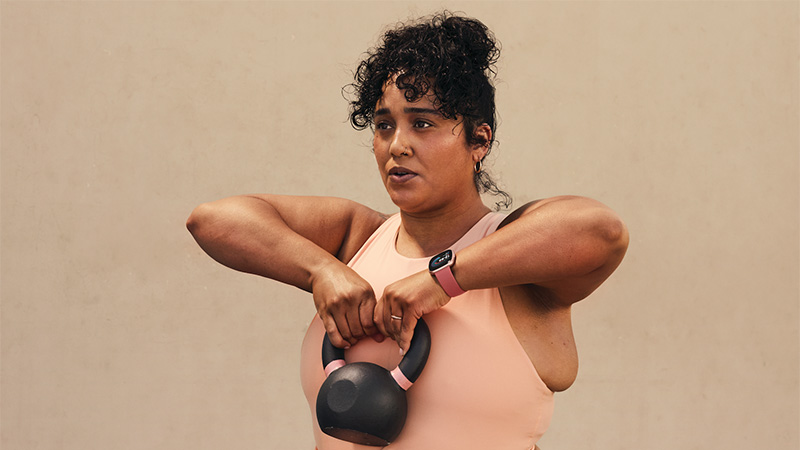
As noted, both the Fitbit Versa 4 and Fitbit Versa 3 include all the features you’d need to keep track of your activity, including daily steps, calories burned, 24/7 heart rate with high and low notifications, and even skin temperature variation.
When it comes to sleep, both include details of deep, light, and REM sleep stages and work with the new Sleep Profile feature that logs your sleep patterns for two weeks before providing a deeper analysis, comparing your sleep habits and data to a particular animal.
This is accomplished using 10 key sleep metrics. If you’re a parrot, for example, like me, you have a usually consistent bedtime that isn’t too early or too late, and you sleep deeply, but don’t get enough REM sleep because you often wake up for brief periods during the night.
Both also track Active Zone Minutes, which provide a goal to reach daily and tracks these based on when your heart rate enters fat burn, cardio, and peak zones. That’s also useful during exercise so you know when to work harder or conversely, when to slow down.
You’ll get a cardio fitness score and a Daily Readiness Score with both that advises whether your body is ready to exercise or needs a break. The latter, however, only comes with a Fitbit Premium subscription with either device. Both smartwatches, however, do come with a six-month trial and you can get a discount with a bundle price for a year of Fitbit Premium alongside a two-year protection plan.
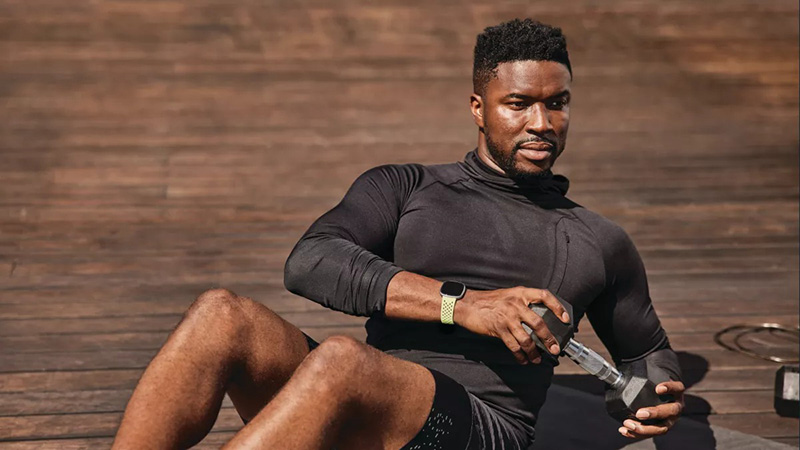
They can both automatically detect common exercises, like walking, running, and swimming, but the number of stored exercises is where they differ greatly. You get twice as many with the Fitbit Versa 4 for a total of 40 exercises versus 20. This includes the addition of popular, new workout types like HIIT, weightlifting, CrossFit, and dance. If you engage in any of the newly added activities frequently, you might find it worthwhile to upgrade in order to get more accurate reporting for these exercises.
Both also keep track of other key health metrics like stress, blood oxygen saturation, menstrual health tracking, and breathing rate. They also have built-in GPS so you can go for a walk, run, hike, or bike ride, leave your phone at home, and still be able to track your route. The Versa 3, however, has the added benefit of built-in storage for music so you can play tunes via connected compatible Bluetooth headphones while out for a jog.
With Premium, you can also download a Wellness Report at any time with either smartwatch, scanning the PDF for a summary of all your health and wellness metrics over time. This is great for keeping tabs on your overall health as well as progress and trends over periods of time, whether that’s weeks, months, or even years.
Both can be managed through the handy Fitbit app, which affords access to tons of workouts, mindfulness sessions, nutrition information, goals-based exercises, challenges with friends and other Fitbit users, and more. Some content is accessible for free while others require a subscription.
It’s no surprise we named the Fitbit Versa 3 among the best smartwatches for fitness, with plenty of features to help you along your fitness journey. The Fitbit Versa 4 is all that and more, but that does come at a significant premium in price.
Fitbit Versa 4 vs. Fitbit Versa 3: Staying connected

One of the reasons to opt for a smartwatch over a fitness tracker is the addition of a larger screen for things like reading incoming messages and accessing apps. Since the Fitbit Versa 4 and Fitbit Versa 3 look virtually identical, it’s no surprise they can both handle a lot in this department.
You can read full text of incoming messages, e-mails, and app notifications. In fact, with both, you can send text and voice replies right from the watch when it’s paired with a compatible Android phone. The Fitbit Versa 4 adds the option to make on-wrist Bluetooth calls as well, though this feature is coming soon.
They both work with a limited number of third-party apps, like Uber and Spotify, and have Alexa built-in so you can do things like check the weather, set a bedtime reminder or alarm, control compatible smart home devices, and more by speaking with Amazon Alexa. Android Central Editor-in-Chief Jeramy Johnson found in his review of the Versa 3 that the Google Assistant support was much more responsive than he has experienced with other smartwatches.

With deeper Google integration, the Fitbit Versa 4 also adds access to Google Maps right from the watch screen, and, coming soon, you’ll also be able to access Google Wallet. With both the Versa 3 and Versa 4, you can set up and use Fitbit Pay.
Battery life is a key issue with smartwatches, and while the rated six+ day battery life of both the Fitbit Versa 4 and Fitbit Versa 3 is nothing to write home about, it’s pretty decent in comparison to other smartwatches in the same price category that have to be recharged daily, or even every few days.
Where the Fitbit Versa 4 shines, however, is with the addition of a quick charge option that will give you an extra day after just a 12-minute charge. If you’re rushing out the door for a session at the gym or a morning run and notice the battery is low, this means you can pop it on the charger while you get ready and have enough battery to get you through without running late.
Fitbit Versa 4 vs. Fitbit Versa 3: Should you upgrade?
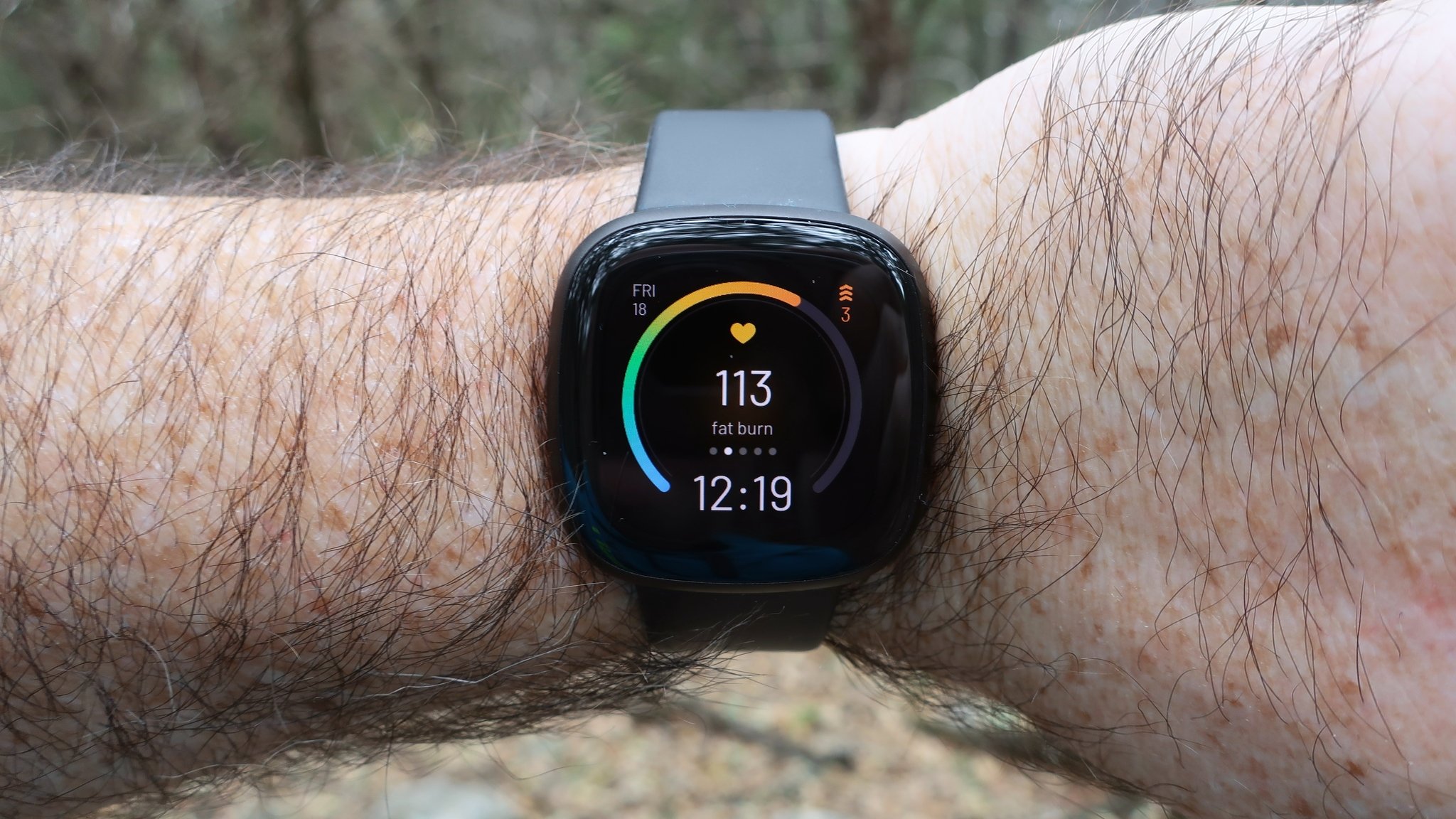
There are indeed some compelling reasons to opt for the Fitbit Versa 4 vs. Fitbit Versa 3. Namely, there’s the thinner and lighter design that is also said to be more comfortable, the return of the physical button, the WearOS inspired tile design of the screen, the fast charging option, and double the amount of workouts. With the option to add Google Wallet and make on-device calls as well over Bluetooth, it’s a compelling option for on-the-go professionals and students.
When it comes to buying new, it’s a no-brainer to choose the Fitbit Versa 4 over the Fitbit Versa 3 if any or all these upgrades are ones that would make a difference to you. Interestingly, the Fitbit Versa 4 pretty well has everything we said we would want in the smartwatch.
But, considering the massive delta in price, especially with the Fitbit Versa 3 at a remarkably lower price right now, there’s no reason to opt for the Fitbit Versa 4 if you don’t think you’ll really miss any of those upgrades. While the Fitbit Versa 3 is already two years old, it’s a steal at the price it’s being offered for right now, even if you were deciding between buying one or the other new. Johnson ranked the Versa 3 a solid 4 out of 5 in his detailed review.
With that said, if you already own a Fitbit Versa 3, it’s worth hanging onto for now. The most compelling reason to upgrade is the addition of more workouts that might fit better into your exercise regimen. If you tend to do a lot of HIIT workouts, for example, combined with weightlifting, and want to get more accurate feedback after each session and keep better track of what workouts you did when, the Versa 4 will provide that.
With the addition of features like Google Wallet coming soon, however, and better Google integration with the Versa 4, you may find that down the line, the experience with the Versa 4 is more familiar and welcoming.
It really comes down to a personal choice. The Fitbit Versa 4 is an expensive option for an upgrade that you might not need. If you’re still sporting an older Versa or other smartwatch, the Versa 4 is definitely worth looking into. But the jump from Fitbit Versa 3 to Fitbit Versa 4 won’t be a big enough leap to warrant going from one to the other, for at least some people.

The latest and greatest
The Fitbit Versa 4 sports some useful upgrades over the Fitbit Versa 3, including better Google integration, fast charging, double the workouts, and the return of the physical button that was beloved by some in the Versa 2. But the price is high to consider an upgrade from the Versa 3, unless you will make use of the updated features.

Keep it or get it, save a bundle
If you already own the Fitbit Versa 3, keep it unless one or more of the feature upgrades will make a significant enough difference for you to justify the price tag. If buying new, the Fitbit Versa 4 is the best, latest option. But at the price of the Fitbit Versa 3 right now, you can save a bundle if you’re on a budget and don’t need the extra bells and whistles.

Christine Persaud has been writing about tech since long before the smartphone was even a "thing." When she isn't writing, she's working on her latest fitness program, binging a new TV series, tinkering with tech gadgets she's reviewing, or spending time with family and friends. A self-professed TV nerd, lover of red wine, and passionate home cook, she's immersed in tech in every facet of her life. Follow her at @christineTechCA.
